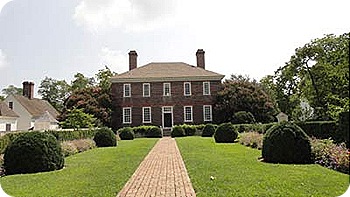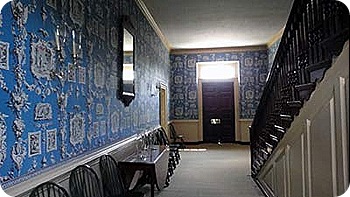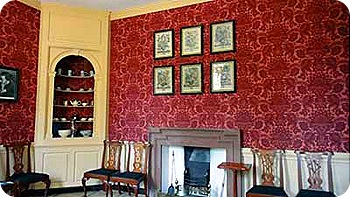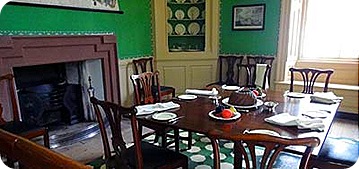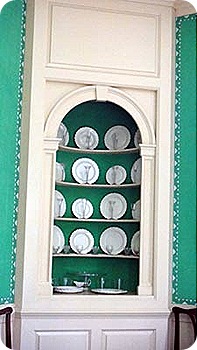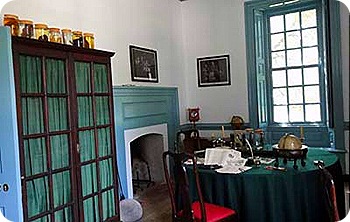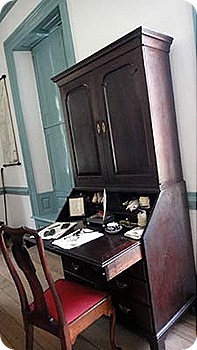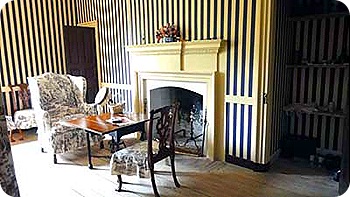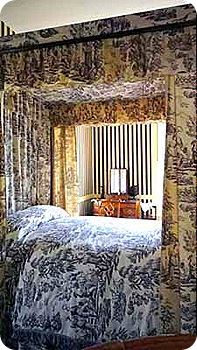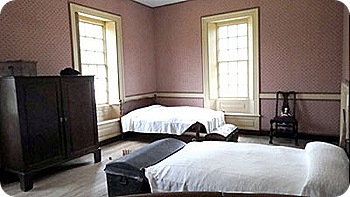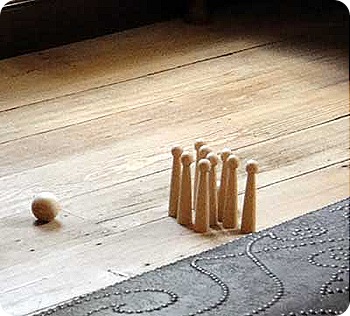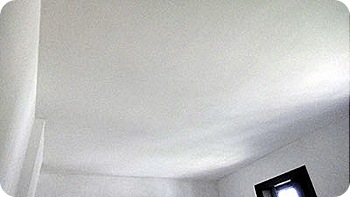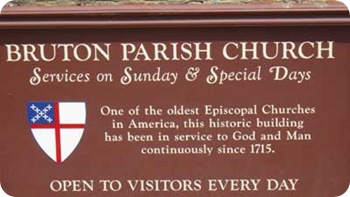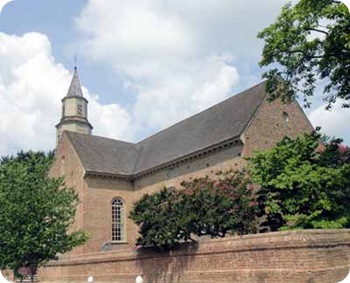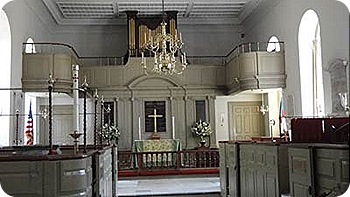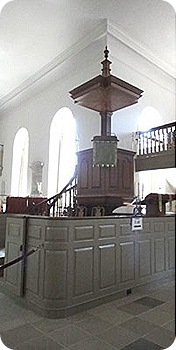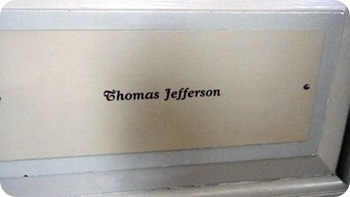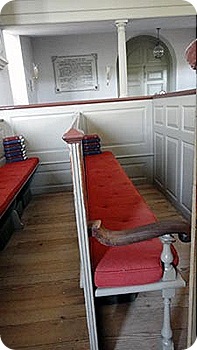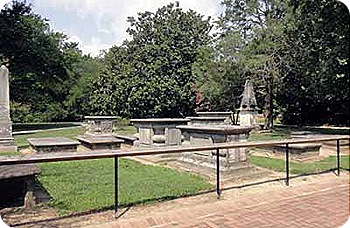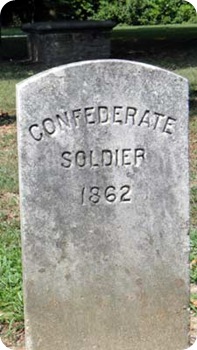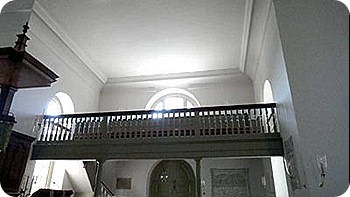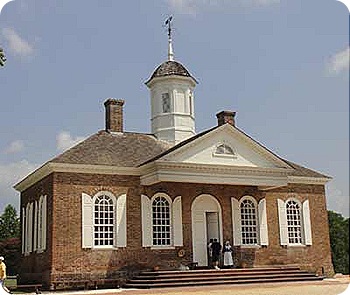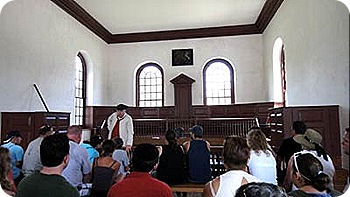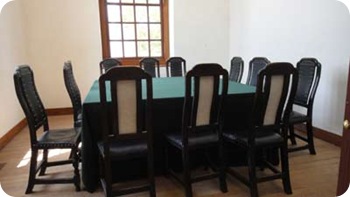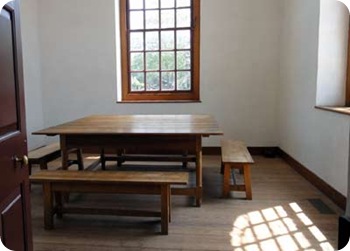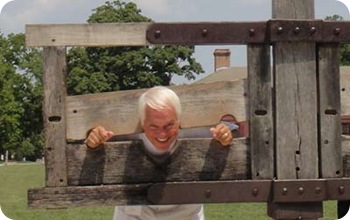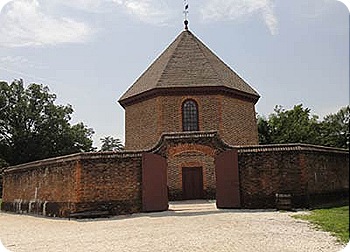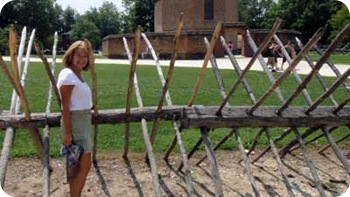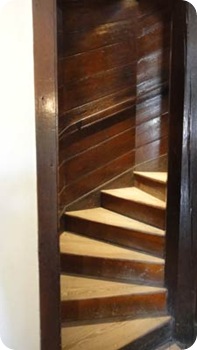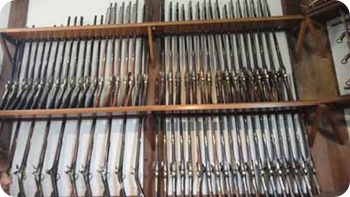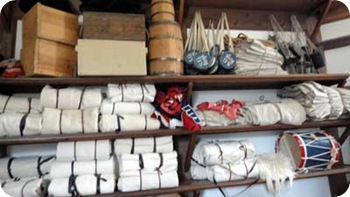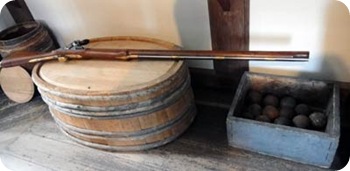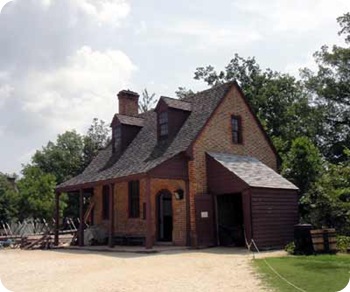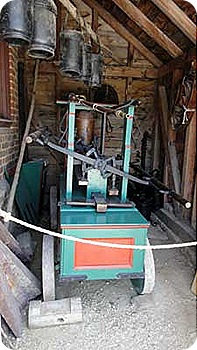Let’s continue our visit to Williamsburg.
Next we visited the George Wythe House on Palace Green belonged to George Wythe (pronounced “with”), a leader of the patriot movement in Virginia, a delegate to the Continental Congress, and Virginia’s first signer of the Declaration of Independence. The house also served as General George Washington's headquarters just before the British siege of Yorktown, and French General Rochambeau made the home his headquarters after victory at Yorktown. In 1776, the house accommodated Virginia General Assembly delegate Thomas Jefferson and his family.
Parlor
Dining room
Office
Master bedroom
Children’s bedroom
Notice that there are no lighting fixtures in the house.
We then toured the Bruton Parish Church. In 1644, Harrop Parish in James City County became active, and it united with Middle Plantation Parish in 1658 to form Middletown Parish. Still more consolidation followed in 1674 when Marston Parish (1654) in York County merged with Middletown Parish to form Bruton Parish. The name honored the prominent Ludwell family and Governor Sir William Berkeley, whose ancestral homes were at Bruton in County Somerset, England.
Bruton's earliest vestry records of April 18, 1674, named the Reverend Roland Jones as the first rector and authorized buying glebe lands. After the Battle of Williamsburg in May 1862, Bruton served as a hospital for wounded Confederate soldiers.
There weekday services: Noonday Prayer - 12 Noon, Monday through Saturday ; Holy Eucharist with healing - 11 a.m., Wednesday and Sunday worship.
We invite you to join us for worship services on Sunday.
The altar and communion rail, made of black walnut, and the gold gilt cross are the central features of this historic church. The panel behind the altar, called a reredos, contains the Apostles’ Creed, the Ten Commandants, and the Lord’s Prayer. These fundamentals of faith, law, and prayer reflect canon law mandating their display in Anglican churches.
Towering over the rector’s pew is the eighteenth-century style pulpit. It features a cantilever-supported sounding board to help project the voices of those addressing the congregation.
These pews with doors were typical of unheated eighteenth- century English churches. The names on the pew doors of parish leaders and famous patriots who worshipped here, including U.S. presidents Washington, Jefferson, and Monroe, remind us of the prominent role Bruton played in colonial history. In the winter, the church is difficult to heat. In order to keep everyone a bit warmer, heating bricks or warming pans are placed on the floor inside each pew. The doors help keep the heat in.
Bruton has probably the largest colonial burial site still existing in Virginia. Some of the early tombstones and memorials are in the forms of chest and table tombs, obelisks, sculptural designs. Beginning in 1678 with the burial of Thomas Ludwell, secretary of the colony, the churchyard received the remains of important residents such as Governor Edward Nott.
South Gallery is used by the speakers of the House of Burgesses and college faculty. This gallery overlooked such famous services as the day of fasting, humiliation, and prayer in 1774, held in sympathy for the people of Boston after the English Parliament closed their port.
Next was the Courthouse. Williamsburg's citizens assembled at their courthouse at 1:00 p.m. Thursday, May 1, 1783, to celebrate at last the end of the war with England – just as they had gathered seven years earlier to hear lawyer Benjamin Waller proclaim from its steps the Declaration of Independence.
Our tour guide did an excellent job of explaining the Courthouse.
Judges’ chamber
Jury room. There was no heat, no bathroom, no anything in this room. This usually lead to a quick verdict.
Paul was bad…again…to the stocks he goes!
Across the street is the Magazine. In 1714, the General Assembly had asked Governor Alexander Spotswood to build "a good substantial house of brick" precisely to protect the colony's arms and munitions. The occasion was the shipment of powder and muskets from Queen Anne's government in England.
Spotswood's Magazine safeguarded shot, powder, flints, tents, tools, swords, pikes, canteens, cooking utensils, and as many as 3,000 Brown Bess flintlocks – equipment needed for defense against Indians, slave revolts, local riots, and pirate raids.
Marsha shows how tight the fence post are.
So many munitions arrived from 1754 to 1763 in the course of the French and Indian War that the additions of a high perimeter wall and Guardhouse were necessary.
Firetruck just in case.
Stay turned for Part 3.
Thanks for stopping by. Hope to see you real soon.
